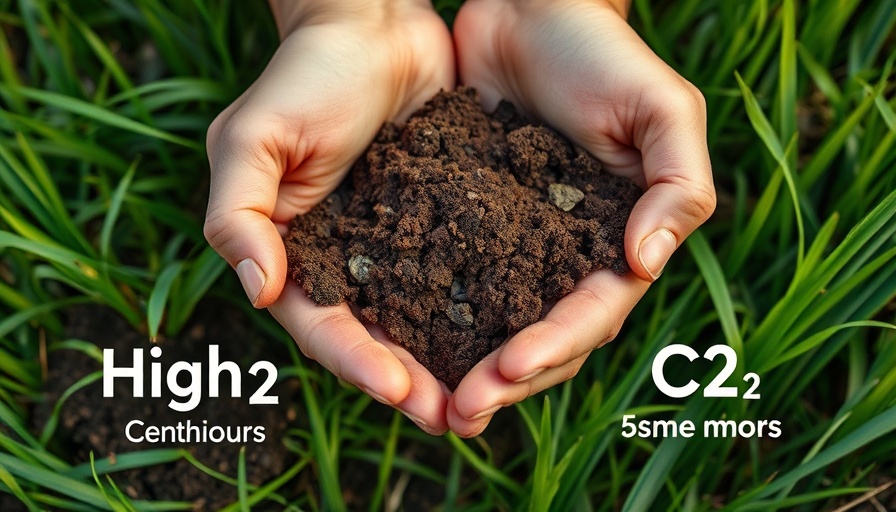
The Hidden Value of Peatlands in Climate Change
Amid the ongoing climate crisis, the role of peatlands—critical ecological zones that many overlook—has emerged as a stunning revelation. Covering just 3% of the earth's surface, these wetlands pack a significant punch in carbon storage, holding twice as much CO2 as all the world’s forests combined. This vital carbon sink acts as a buffer against the rising atmospheric greenhouse gases.
In 'Peatlands store more CO2 than forests!', the discussion dives into the crucial role peatlands play in climate regulation, prompting us to explore this vital topic further.
Understanding the Carbon Storage Mechanism
The waterlogged nature of peatlands prevents complete decomposition of organic matter, such as dead plants. Instead, this material transforms into peat—a carbon-rich substance akin to soil. The process ensures that carbon remains trapped within these ecosystems, which is crucial as we assess solutions for fighting climate change.
The Threat from Agricultural Expansion
However, while peatlands offer immense benefits, they are under siege. As agricultural demands rise, many peatlands are drained to make way for crops, jeopardizing their ecological integrity. When these wetlands dry out, the stored carbon is released back into the atmosphere, vastly increasing greenhouse gases and exacerbating climate change. Protecting peatlands thus not only safeguards biodiversity but is pivotal in sustaining carbon levels in our climate.
Call to Action: Protecting Our Planet’s Peatlands
For those concerned about global warming, understanding the importance of peatlands reveals a pathway to impactful environmental action. As global citizens, we must advocate for policies that preserve these vital ecosystems, not only to secure their future but to maintain our planet’s health.
 Add Row
Add Row  Add
Add 




Write A Comment